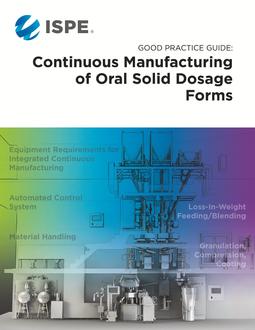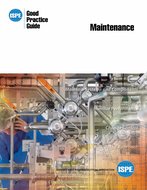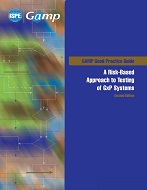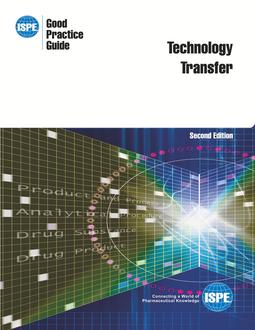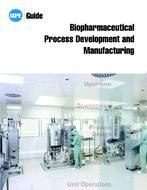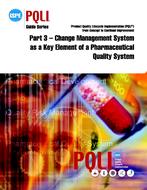Description
When the pharmaceutical industry began to apply the principles of continuous processing to the manufacture of Oral Solid Dosage (OSD) forms in the mid-2000s, the industry initially focused on establishing the technical capabilities of continuous manufacturing systems. It has now advanced to the commercial manufacture of multiple drug products with distribution approved in the US, Europe, and other countries.
The consensus among experienced practitioners is that the continuous approach has numerous benefits. It is often more robust than its batch counterpart, it is designed for reduced variability, and it can achieve improved product quality through better blend uniformity. However, there are still many challenges to widespread adoption.
The ISPE OSD Community of Practice formed a working team in 2017 to advance the use of continuous manufacturing in the pharmaceutical industry and to increase the long-term efficiency and affordability of the manufacture of OSD products. The team, comprised of end user pharmaceutical companies, equipment vendors, and academics, set out to establish equipment requirements, identify opportunities for harmonization and flexible integration, and suggest enhancements to current equipment. The collective output forms the basis for this Guide.
This Guide reviews the unit operations typically employed in continuous manufacturing and aims to establish a set of minimum equipment requirements for each system to function as part of an integrated process train. While most of the units are well-understood and used in batch manufacturing, the Guide considers the changes in physical and automation requirements that will allow each unit to work in concert as part of a successful continuous manufacturing platform. Operations unique to CM, loss-in-weight feeding and continuous blending, are discussed, including how these systems affect upstream and downstream operations.
Automation control systems typically deployed to run fully integrated continuous lines are addressed, as well as Process Analytical Technology (PAT) measurement systems used to provide feedback on the process or materials. The aim is to set the framework for a future standard approach to a modular automation design for continuous manufacturing lines that greatly reduces the need for custom logic and accelerates the timeline through validation.
As more companies integrate continuous manufacturing into their development and commercial operations, an increased demand for more flexible, modular, and robust systems accommodating a wider range of products and production control strategies is anticipated. This Guide provides a valuable resource for new and existing companies as they design and integrate continuous processing equipment into their operations, highlighting best practices and opportunities for enhancement to both vendors and end-users already engaged in developing continuous manufacturing lines of the future.
Product Details
- Edition:
- 1st
- Published:
- 04/01/2022
- ISBN(s):
- 9781946964540
- Number of Pages:
- 142
- File Size:
- 1 file , 8.5 MB
- Note:
- This product is unavailable in Belarus, Russia

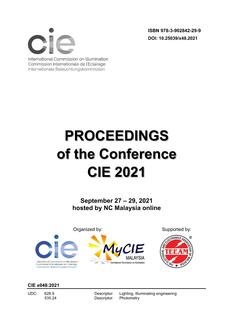 CIE x048:2021
CIE x048:2021 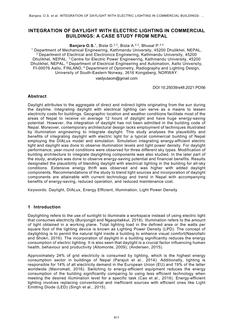 CIE x048-PO56
CIE x048-PO56 